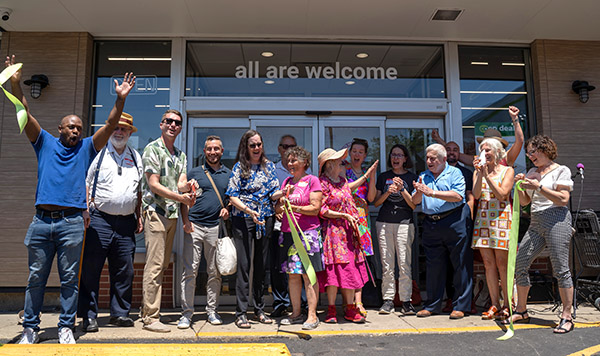Stalled Out: How Empty Parking Spaces Diminish Neighborhood Affordability explores the relationship between unused parking and neighborhood affordability. Many cities, including Chicago, mandate the minimum number of parking spaces new developments need to build. As the report points out, however, these minimum requirements don’t always reflect real demand.
For this study, we interviewed multifamily developers in Chicago and went to the parking lots and garages of 40 apartment buildings, both market-rate and subsidized, to see how much parking was being used. Researchers went at 4:00 a.m., when most tenants have parked their cars and are asleep in bed. Consistent with our findings in the San Francisco Bay Area; Washington, D.C.; and King County, Washington, the study found that:
- The supply of parking exceeds demand. Buildings offered two spots for every three units. According to our analysis, they only used one for every three.
- As parking supply goes up, much of it sits empty. Apartments with fewer spaces saw a greater percentage of their parking used.
- Apartment buildings near frequent transit need less parking. Buildings within ten minutes of a Chicago Transit Authority (CTA) train stop provided one spot for every two units. Even then, one-third of the spots sat empty.





 Strengthening Transit Through Community Partnerships
Strengthening Transit Through Community Partnerships